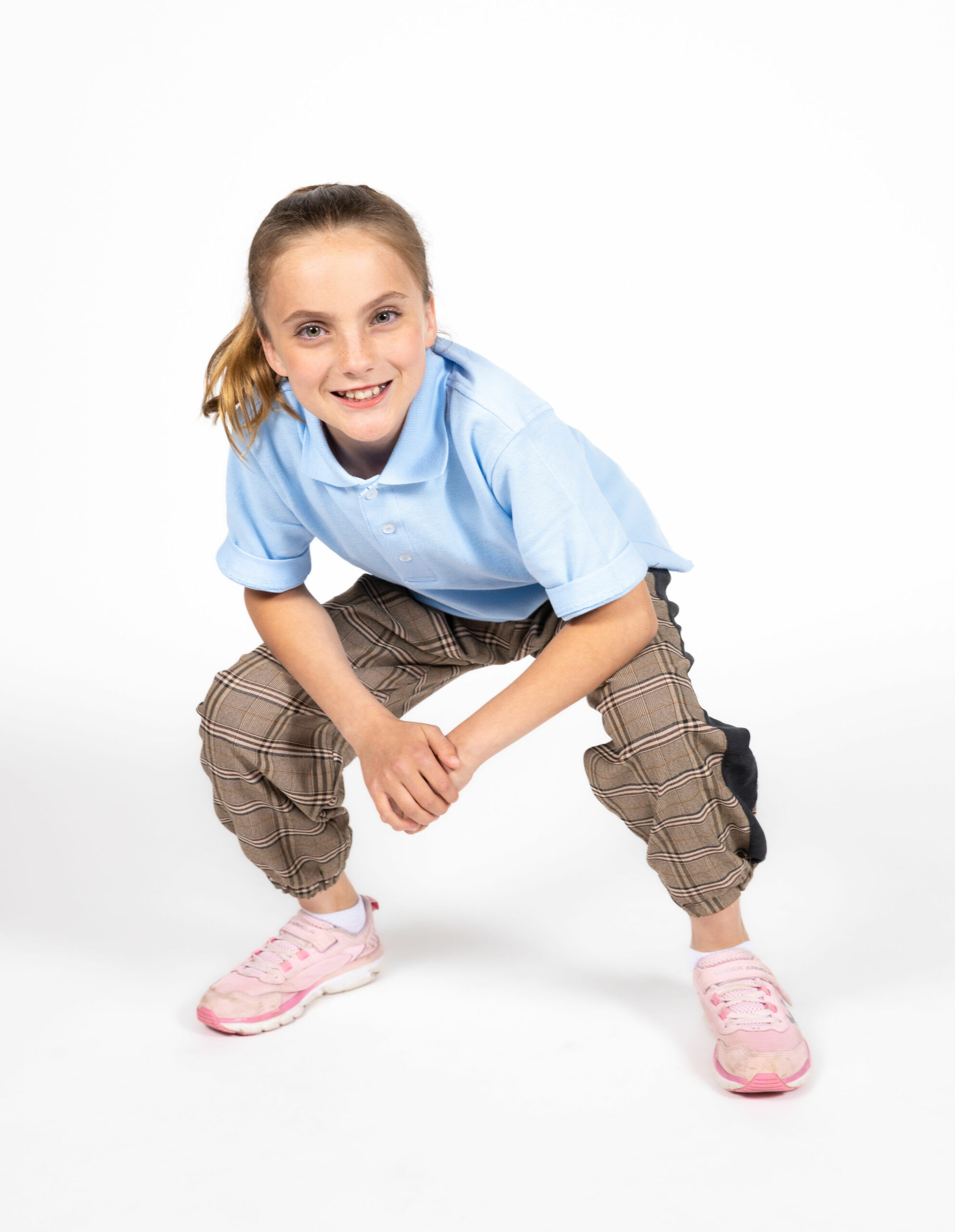MCDA Dress Code
Included below are the detailed dress code requirements for each technique. If a specific item is not appropriate for your dancer you can connect with the director or faculty for an appropriate alternative.
*Dance attire can be purchased at Boulder Body Wear, located at 95th and Arapahoe. Mention MCDA (Mtn Kids) to receive a 15% discount on our class attire/shoes.
Dress Code Explanation and Expectations
Preparing our bodies for dance includes wearing the proper attire. When dancers have a designated dance outfit that fits within a dress code, it helps signal to the brain and within the body that something special and specific is going on. It assists in developing the ritual and discipline of dance training. None of us would send a hockey player to practice without skates or protective gear, but many people often assume dance training can be done without the similarly necessary equipment or preparations. Just as a martial artist could do much of what they do without their gi, wearing the specific uniform of their dojo puts the athlete in the right mindset to learn and focus on their skills. It is the same with dance. Wearing clothes outside the dress code can be distracting for other dancers in the room and impact their focus in class. A dancer might be distracted if the fabric of a leotard or top is too busy (or interesting!) or if their hair gets in their face . The apparel a dancer has on and how they wear their hair should facilitate their training, not draw attention away from what is happening in class. It’s often difficult for kids and teenagers to focus in ideal situations, and clothing distractions can make it worse.
When dancers look the part, they often feel more confident and their work improves. Simply putting a dancer in the proper attire can completely change their posture and outlook in a class. Wearing matching or similar clothing to the other dancers in the class puts everyone on the same page. When students look like dancers, they feel like dancers and it creates a bond within the group. When everyone is wearing the same type of clothes, it is easier to see the collective as a cohesive unit instead of just a number of people who happen to be in the same room. When dancers wear proper clothing, it helps all class members and teachers better see how their bodies move. This facilitates the learning process for every dancer in class. Excess fabric conceals the moving body underneath and makes it more difficult for students to see the lines of their body or visiually check their anatomy/placement. Patterns and large pictures/logos make it more difficult for students to see exactly what is going on, which is why we ask for solid/simple fabrics for dance clothes.
For all classes, please remember that dancers may not wear large or distracting jewelry or accessories, small/minimal earrings are acceptable.
Dance shoes should never be worn outside while they are concurrently being used for dance class. Not only does it bring outside germs to the studio floor, it tracks in small rocks/gravel/sand/salt which ruins our specialized vinyl flooring.
Primary Dance Classes Ages 2.5 through 6 (including Combo)
- Solid color leotard or dance dress, and solid color dance tights or leggings preferred. Dance appropriate skirt is optional.
- Hair secured back from face/neck whenever possible
- Shoes appropriate for style (do not wear dance shoes outside!)
- Please note, for Combo classes, bare feet are required in the gym. Dancers can wear footless tights, convertible tights, or no tights for this class.
- No jewelry (stud earrings are ok)
While we would like these dancers’ attire to fit within our dress code, with this age group, sometimes the outfit can make or break whether or not a young dancer wants to attend class. Please know that we would always rather have a dancer who is comfortable and happy in their body and clothes, than a dancer who is upset about wearing something that they are uncomfortable in. Preparing a young child for dance should never be a battle! We encourage body autonomy and safety at all levels of dance, so while we do have a dress code that is more strictly enforced in older dancers, younger dancers who are able to move freely in what they want to wear to class can feel secure in making that choice independently. The same idea applies to shoes – with the caveat that certain styles of dance require a specific shoe for successful training. For instance, if there is one day in particular that a dancer does not want to wear their tap shoes, we then have a conversation about keeping our feet safe in tap when bare feet do not make noise. If the dancer habitually does not want to wear their tap shoes, then perhaps a different style of dance (that can more readily be done barefoot) might be a better choice for that young dancer.
Ballet/Pointe, Contemporary, Jazz, Modern
- Any style of SOLID leotard and quality pink or skin-tone dance tights OR SOLID colored, plain, form-fitting top with form-fitting SOLID colored bottoms.
- Tights or leggings must be a different color than what is worn on the torso for easy visual differentiation.
- Hair must be secured away from face and neck completely, with long-enough hair secured in such a way that hair does not distract or impede spotting or turning (typically, this means a bun)
- Shoes appropriate for style (do not wear dance shoes outside):
- Ballet/pointe/prepointe shoes that match dancer’s skin tone or tights for ballet
- Black jazz shoes for jazz
- Barefoot for contemporary, socks or foot undeez are okay but not require
- Dance appropriate skirts or plain, form fitting shorts may be worn at the teachers discretion
- No jewelry (small/minimal jewelry is ok, large jewelry is distracting/a safety issue
Tap, Hip Hop, Bollywood
- Any style of SOLID, plain, shirt with solid joggers, leggings, or restriction-free pants (no jeans, denim, or corduroy).
- Hair must be secured away from face and neck completely
- Separate and specific shoes appropriate for style (do not wear dance shoes outside):
- Tap shoes for tap
- Sneakers/tennis shoes for hip hop (clean soles, not recently/currently worn outside)
- Barefoot or jazz shoes for Bollywood and musical theatre
- No jewelry (small/minimal jewelry is ok, large jewelry is distracting/a safety issue)

